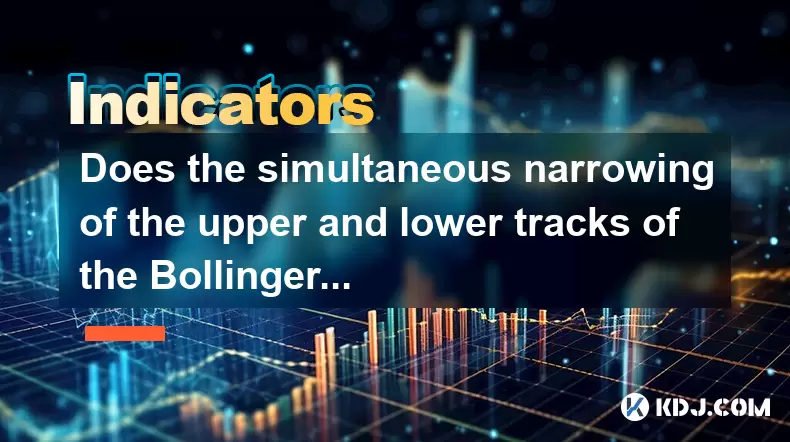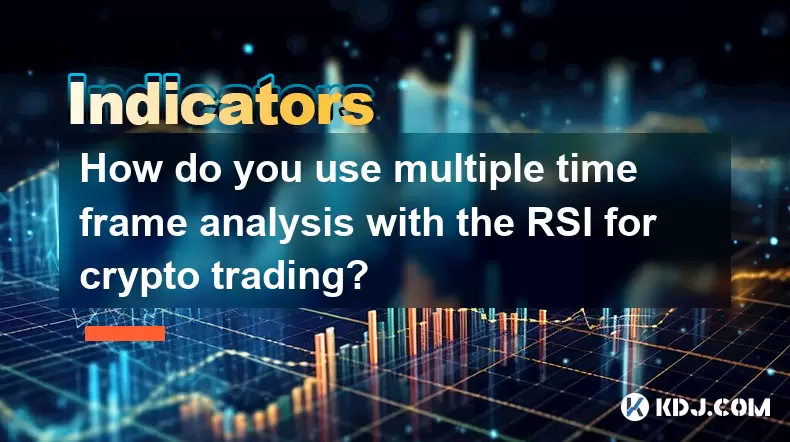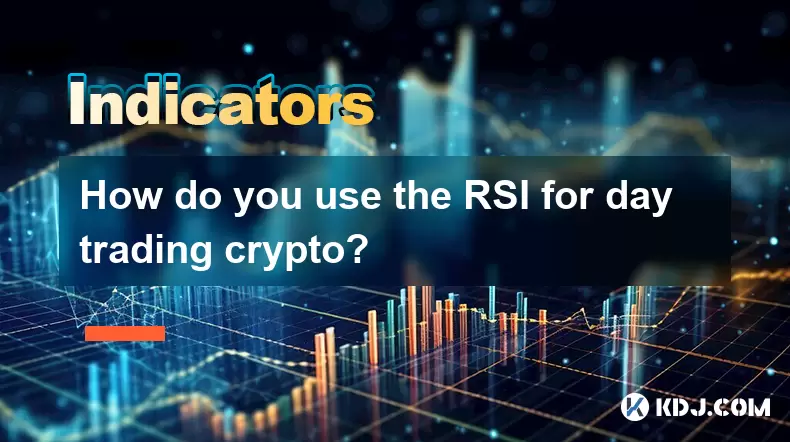-
 Bitcoin
Bitcoin $118400
0.47% -
 Ethereum
Ethereum $3836
2.20% -
 XRP
XRP $3.157
2.98% -
 Tether USDt
Tether USDt $0.9999
-0.03% -
 BNB
BNB $801.5
1.31% -
 Solana
Solana $180.9
2.07% -
 USDC
USDC $0.9999
-0.02% -
 Dogecoin
Dogecoin $0.2225
2.50% -
 TRON
TRON $0.3285
-1.02% -
 Cardano
Cardano $0.7789
2.60% -
 Hyperliquid
Hyperliquid $43.60
2.39% -
 Sui
Sui $3.892
4.41% -
 Stellar
Stellar $0.4229
3.34% -
 Chainlink
Chainlink $18.01
3.98% -
 Hedera
Hedera $0.2745
6.77% -
 Bitcoin Cash
Bitcoin Cash $582.3
3.38% -
 Avalanche
Avalanche $23.77
1.04% -
 Ethena USDe
Ethena USDe $1.001
0.01% -
 Toncoin
Toncoin $3.493
3.59% -
 Litecoin
Litecoin $110.0
2.48% -
 UNUS SED LEO
UNUS SED LEO $8.936
-0.37% -
 Shiba Inu
Shiba Inu $0.00001304
2.49% -
 Uniswap
Uniswap $9.999
1.09% -
 Polkadot
Polkadot $3.897
3.26% -
 Monero
Monero $308.6
-0.83% -
 Dai
Dai $0.9999
-0.01% -
 Bitget Token
Bitget Token $4.504
-0.04% -
 Pepe
Pepe $0.00001154
2.95% -
 Cronos
Cronos $0.1471
3.06% -
 Ethena
Ethena $0.6691
19.53%
Does the simultaneous narrowing of the upper and lower tracks of the Bollinger Bands indicate a change in the market?
A narrowing of Bollinger Bands signals decreasing volatility, often preceding a significant crypto price move.
Jun 22, 2025 at 08:28 am

Understanding Bollinger Bands in Cryptocurrency Trading
Bollinger Bands, a popular technical analysis tool, are composed of a simple moving average (SMA) and two standard deviation lines plotted above and below the SMA. These bands dynamically expand and contract based on recent price volatility. In cryptocurrency trading, where price swings can be dramatic and frequent, understanding how to interpret Bollinger Bands becomes crucial.
The upper band is calculated by adding two standard deviations to the SMA, while the lower band subtracts two standard deviations from the SMA. As volatility increases, the bands widen; as it decreases, they narrow. Traders use this information to assess whether an asset is overbought or oversold and to anticipate potential breakouts or consolidations.
What Happens When Both Bands Narrow?
When both the upper and lower tracks of the Bollinger Bands begin to narrow simultaneously, it indicates that volatility is decreasing. This phenomenon is often referred to as a "squeeze." In the context of cryptocurrency markets, which are known for their high volatility, a squeeze can signal an impending significant price move—though not necessarily the direction of that move.
This narrowing occurs when the standard deviation around the moving average contracts. The visual effect is that the bands appear to come closer together, creating a tight channel around the price. It’s important to note that during such periods, prices tend to consolidate, and traders should prepare for a potential breakout once the compression ends.
Interpreting the Squeeze: What Does It Mean for Crypto Traders?
A simultaneous narrowing of Bollinger Bands is often interpreted as a precursor to a sharp price movement. However, this doesn't automatically mean a reversal or continuation pattern—it simply means that volatility is being suppressed and is likely to expand again soon.
In crypto markets, especially with assets like Bitcoin (BTC), Ethereum (ETH), or altcoins, a squeeze can occur after extended sideways movement or following a strong trend. During such phases, volume typically declines, and price action appears subdued. Traders who recognize this pattern early may position themselves for a breakout, either to the upside or downside, depending on subsequent candlestick patterns and other indicators.
It's essential to avoid making assumptions solely based on the squeeze itself. Confirmation through volume spikes, candlestick reversals, or momentum indicators like Relative Strength Index (RSI) or Moving Average Convergence Divergence (MACD) is necessary before taking any trade.
How to Trade During a Bollinger Band Squeeze in Crypto
If you observe a simultaneous contraction of Bollinger Bands, here’s how you can approach trading:
- Identify the squeeze: Use the Bollinger Band indicator on your charting platform to visually confirm that the bands are narrowing.
- Measure historical volatility: Compare current volatility levels with past data to determine if the market is entering a historically low-volatility phase.
- Set up entry points: Place buy stop orders slightly above resistance or sell stop orders just below support to capture the breakout.
- Use additional filters: Confirm the breakout with volume surges or momentum crossovers. For example, a bullish MACD crossover accompanied by rising volume could validate an upward breakout.
- Place stop-loss orders: Given the unpredictable nature of crypto markets, always protect your position with a stop-loss order outside the consolidation range.
Remember, false breakouts are common in cryptocurrency trading, so using multiple confirmation tools is vital to filter out noise and increase the probability of successful trades.
Common Misconceptions About Bollinger Band Narrowing
One of the most common misunderstandings among novice traders is assuming that a narrowing of the Bollinger Bands always leads to a large price movement. While it’s true that volatility is expected to increase after a period of contraction, there are cases where the price remains range-bound even after the squeeze.
Another misconception is interpreting a squeeze as a directional signal. It is not. A narrowing band merely suggests that a period of quiet is ending. Directional bias must come from other sources such as price action patterns, support/resistance levels, or fundamental news events.
Additionally, some traders mistakenly believe that the tighter the bands, the stronger the upcoming move will be. However, this isn’t always the case. Sometimes, the price moves only slightly beyond the band before returning to the consolidation zone.
Real-World Examples in Crypto Markets
Take the example of Ethereum in late 2023, where after a prolonged uptrend, ETH entered a multi-week consolidation phase. During this time, the Bollinger Bands began to compress significantly. Traders watching the chart closely noted the squeeze but waited for a confirmed breakout.
Eventually, a surge in buying pressure pushed ETH above the upper Bollinger Band, followed by a strong volume spike. Those who had placed buy stop orders were able to ride the wave higher. Conversely, had the price broken down instead, short-term traders would have benefited from pre-placed sell orders.
Similarly, Bitcoin in mid-2023 showed a similar pattern. After a period of volatility contraction, BTC broke out sharply following positive regulatory developments in the U.S. This illustrates how external catalysts can combine with technical setups to drive powerful moves.
These examples highlight the importance of patience and discipline when dealing with Bollinger Band squeezes in real-time trading environments.
Frequently Asked Questions
Q: Can I rely solely on Bollinger Bands to make trading decisions?
While Bollinger Bands provide valuable insights into volatility and potential price movements, they should not be used in isolation. Combining them with other tools like volume analysis, candlestick patterns, or momentum oscillators improves accuracy.
Q: How long does a typical Bollinger Band squeeze last in crypto markets?
There’s no fixed duration. Some squeezes last hours, others days. It largely depends on the timeframe you're analyzing and the specific asset. Shorter timeframes like 1-hour charts may show quicker squeezes compared to daily charts.
Q: Is a Bollinger Band squeeze more reliable in certain cryptocurrencies?
Highly liquid and widely traded coins like Bitcoin and Ethereum tend to exhibit clearer patterns due to stronger participation and volume. Altcoins with low liquidity might produce misleading signals.
Q: What causes a sudden expansion after a Bollinger Band squeeze?
Price expansions usually follow news events, macroeconomic shifts, or changes in investor sentiment. In crypto, regulatory updates, exchange listings, or whale activity can trigger rapid volatility after a period of calm.
Disclaimer:info@kdj.com
The information provided is not trading advice. kdj.com does not assume any responsibility for any investments made based on the information provided in this article. Cryptocurrencies are highly volatile and it is highly recommended that you invest with caution after thorough research!
If you believe that the content used on this website infringes your copyright, please contact us immediately (info@kdj.com) and we will delete it promptly.
- SEC, Crypto, and Securities: Navigating the New Frontier
- 2025-08-01 05:10:12
- Cardano (ADA) Market Cap: Can It Compete with Emerging Cryptocurrencies and Meme Coins?
- 2025-08-01 04:30:12
- SEC, Crypto, and On-Chain: Navigating the Regulatory Maze
- 2025-08-01 02:31:40
- Jito Labs, Solana, and Liquid Staking: Riding the Wave of Innovation
- 2025-08-01 03:50:12
- Perpetual DEX: Navigating Onchain Trading and Solving Core Problems, a NY Perspective
- 2025-08-01 03:57:53
- Bitcoin Bullish Market: How Long Positions are Boosting the Crypto King
- 2025-08-01 02:35:33
Related knowledge

How do you use multiple time frame analysis with the RSI for crypto trading?
Aug 01,2025 at 05:19am
Understanding the Role of RSI in Crypto TradingThe Relative Strength Index (RSI) is a momentum oscillator that measures the speed and change of price ...

How can you use the RSI to determine exit points in crypto trades?
Aug 01,2025 at 04:29am
Understanding the Role of RSI in Crypto TradingThe Relative Strength Index (RSI) is a momentum oscillator widely used in the cryptocurrency market to ...

How do you use the RSI for day trading crypto?
Aug 01,2025 at 05:26am
Understanding the RSI in Cryptocurrency TradingThe Relative Strength Index (RSI) is a momentum oscillator that measures the speed and change of price ...

What does it signify when the MACD crosses below the zero line?
Aug 01,2025 at 01:43am
Understanding the MACD IndicatorThe Moving Average Convergence Divergence (MACD) is one of the most widely used technical analysis tools in the crypto...

How does the MACD histogram show momentum?
Aug 01,2025 at 01:16am
Understanding the MACD Histogram and Its Role in Cryptocurrency TradingThe MACD histogram is a visual representation of the difference between the MAC...

What is a MACD crossover?
Jul 31,2025 at 11:52pm
Understanding the Role of Private Keys in Cryptocurrency SecurityIn the world of cryptocurrency, private keys are the cornerstone of ownership and con...

How do you use multiple time frame analysis with the RSI for crypto trading?
Aug 01,2025 at 05:19am
Understanding the Role of RSI in Crypto TradingThe Relative Strength Index (RSI) is a momentum oscillator that measures the speed and change of price ...

How can you use the RSI to determine exit points in crypto trades?
Aug 01,2025 at 04:29am
Understanding the Role of RSI in Crypto TradingThe Relative Strength Index (RSI) is a momentum oscillator widely used in the cryptocurrency market to ...

How do you use the RSI for day trading crypto?
Aug 01,2025 at 05:26am
Understanding the RSI in Cryptocurrency TradingThe Relative Strength Index (RSI) is a momentum oscillator that measures the speed and change of price ...

What does it signify when the MACD crosses below the zero line?
Aug 01,2025 at 01:43am
Understanding the MACD IndicatorThe Moving Average Convergence Divergence (MACD) is one of the most widely used technical analysis tools in the crypto...

How does the MACD histogram show momentum?
Aug 01,2025 at 01:16am
Understanding the MACD Histogram and Its Role in Cryptocurrency TradingThe MACD histogram is a visual representation of the difference between the MAC...

What is a MACD crossover?
Jul 31,2025 at 11:52pm
Understanding the Role of Private Keys in Cryptocurrency SecurityIn the world of cryptocurrency, private keys are the cornerstone of ownership and con...
See all articles

























































































